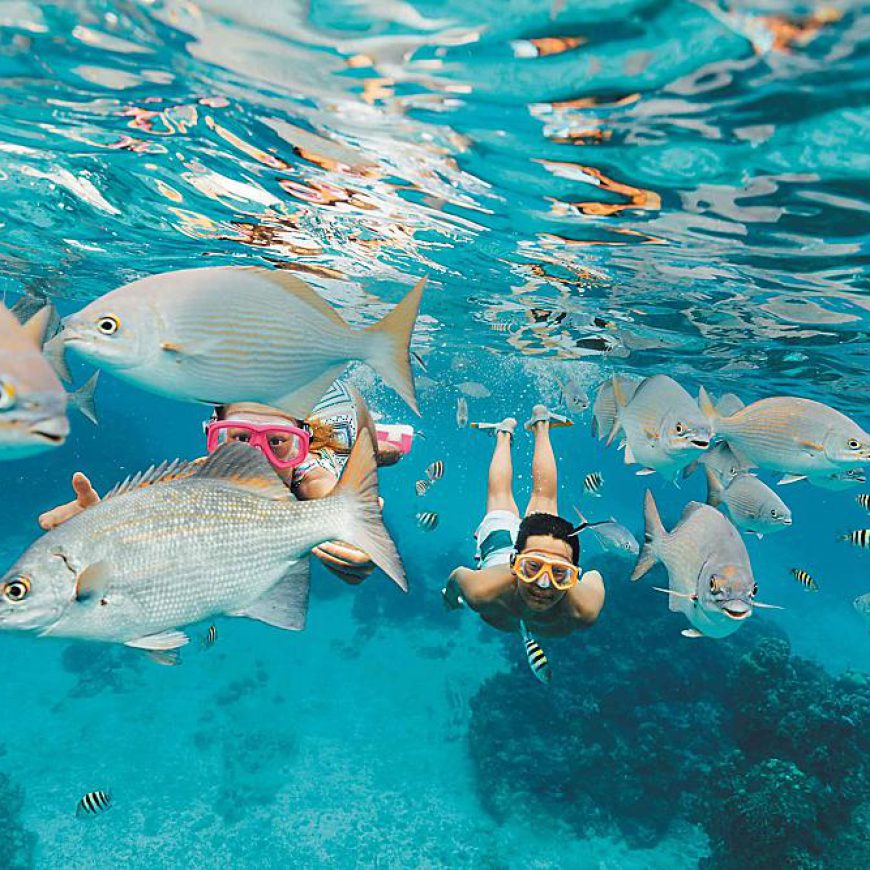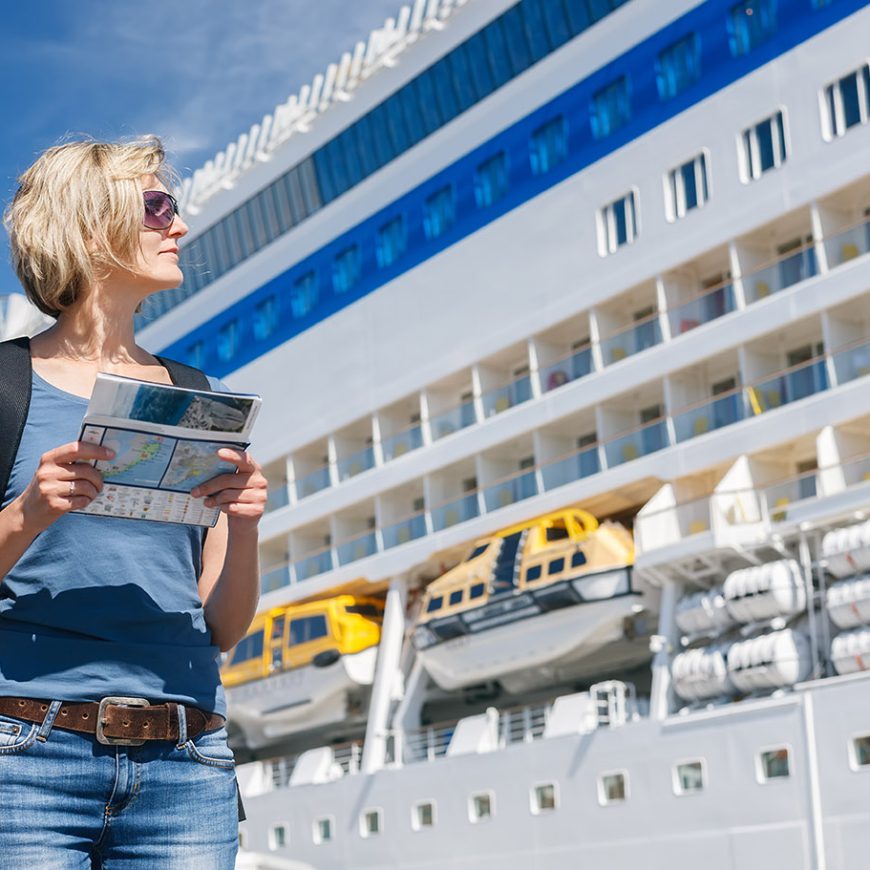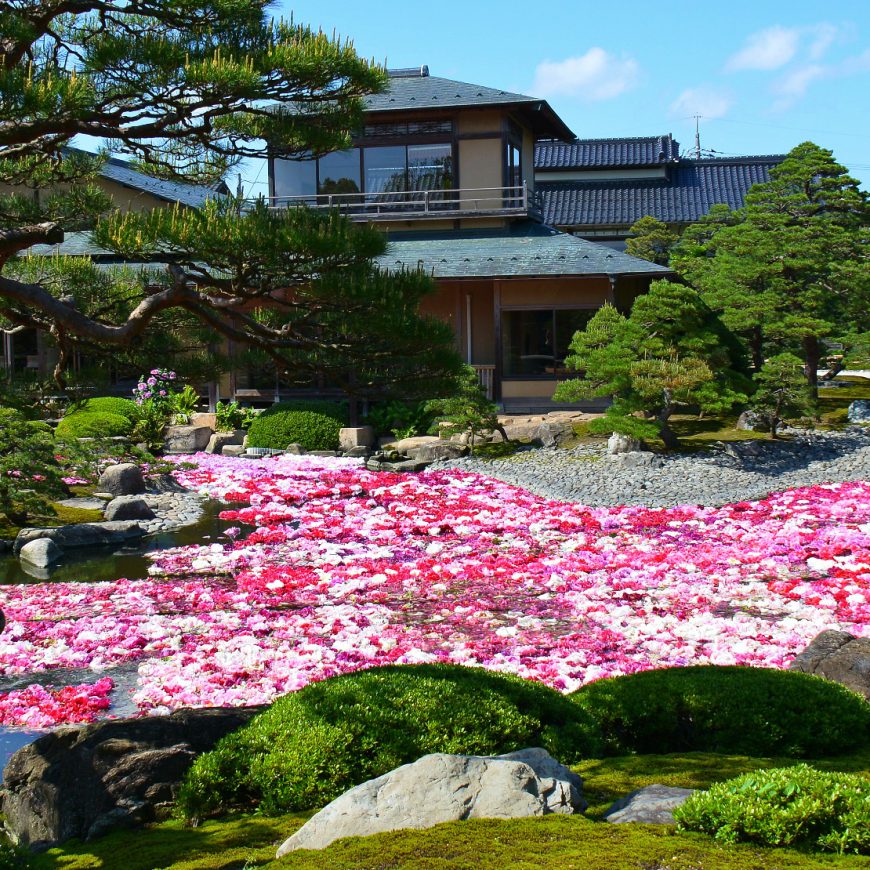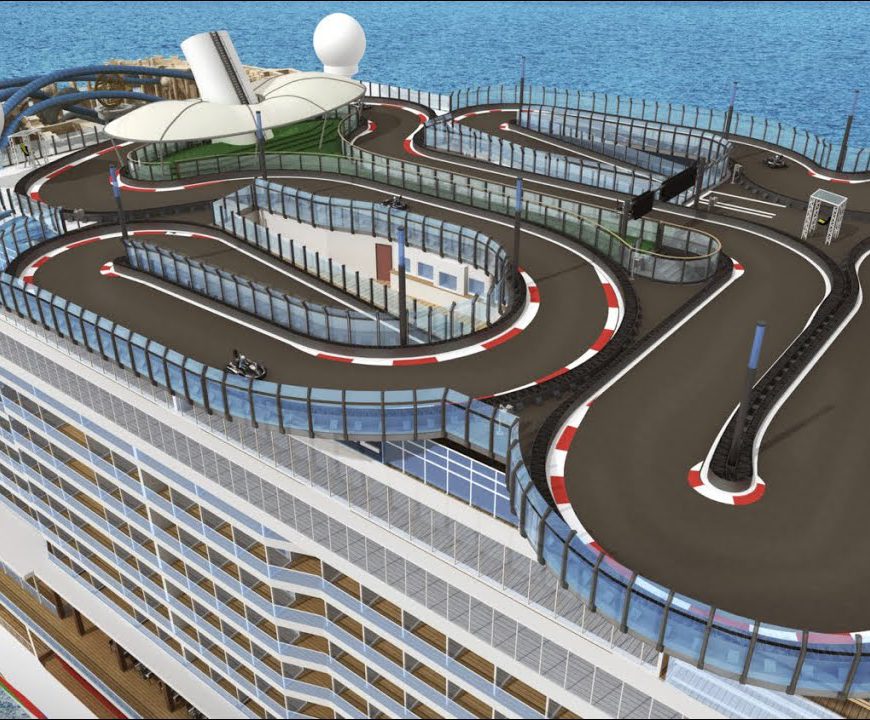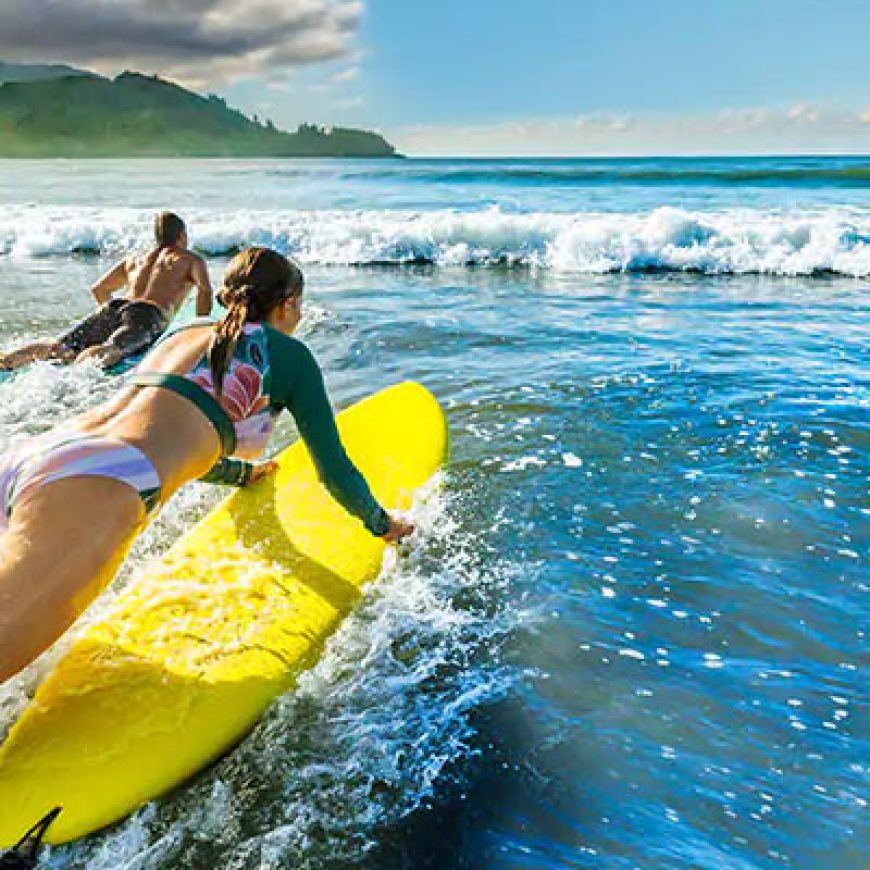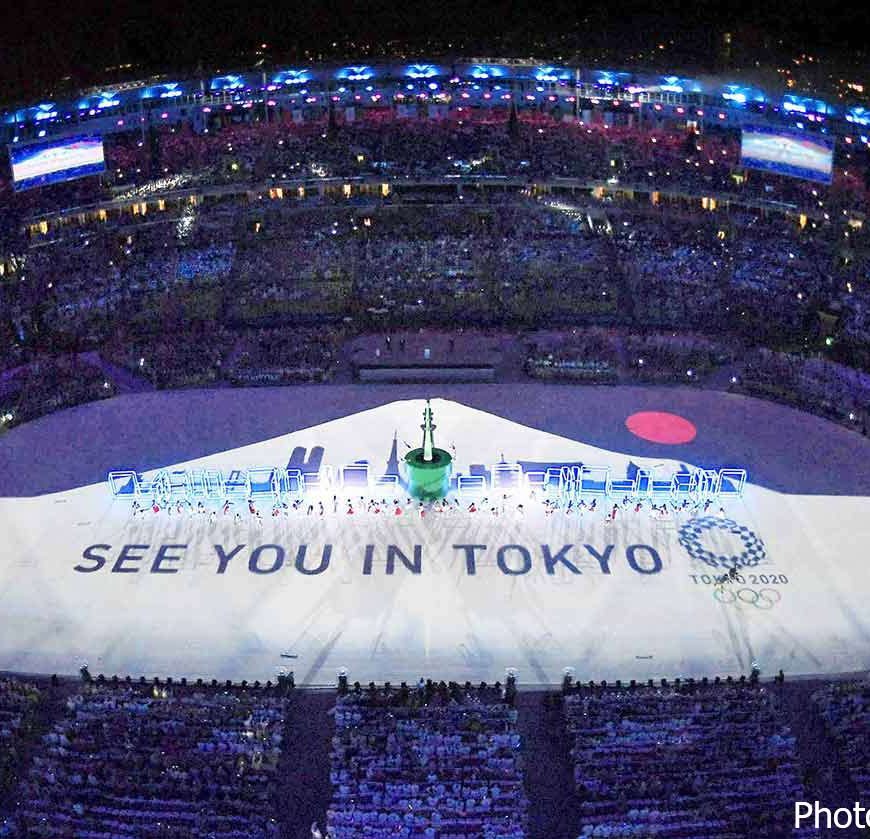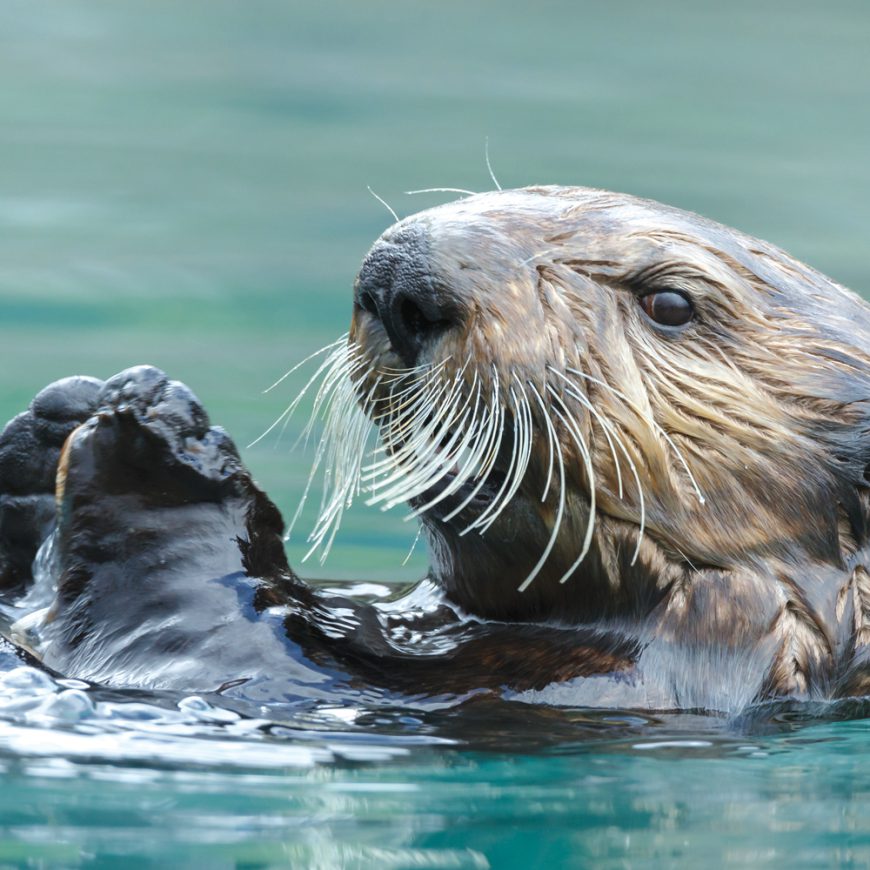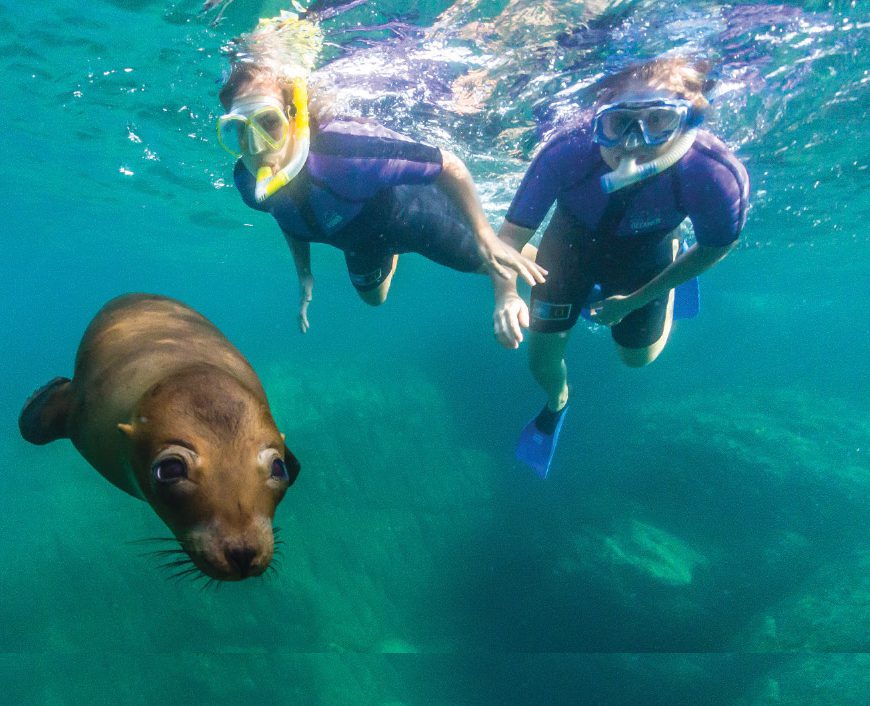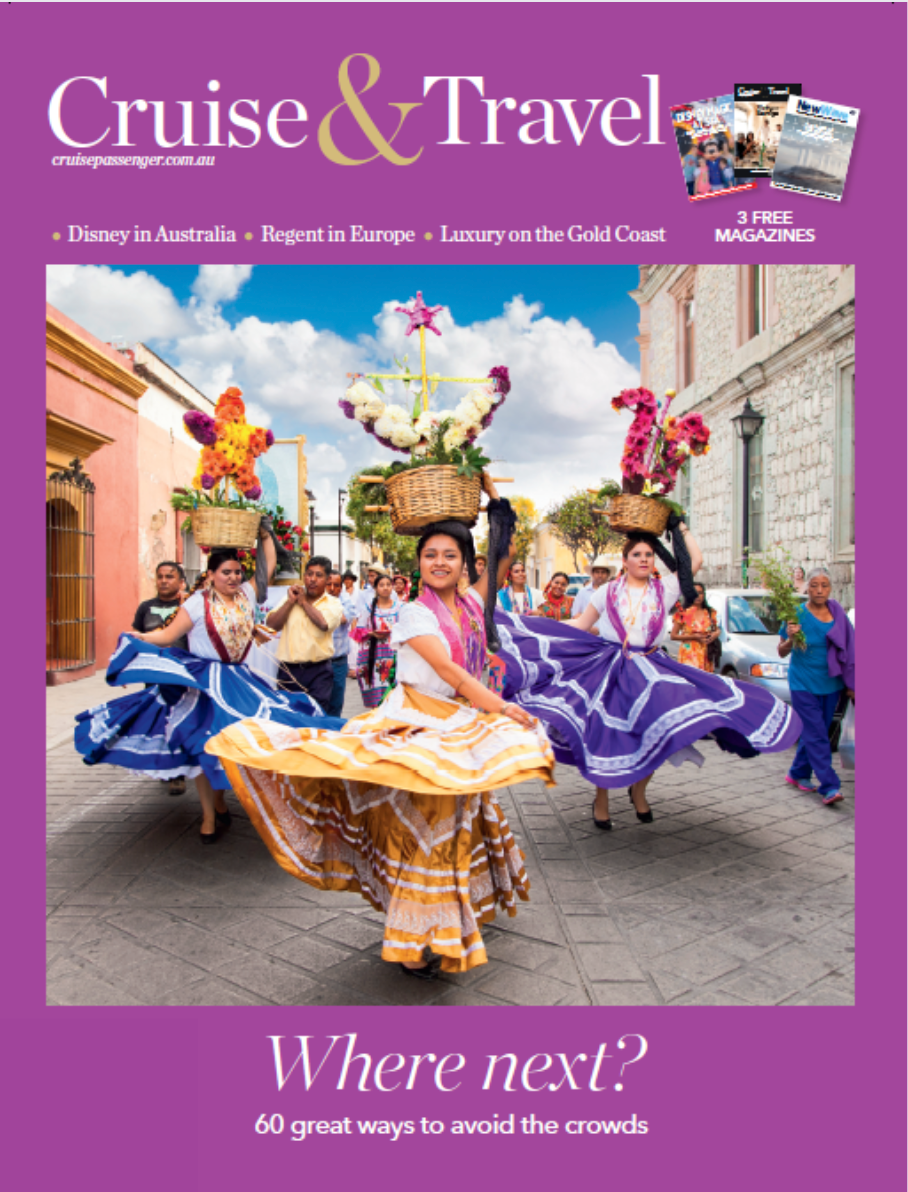Cultural cruises
Shore ExcursionsCruising in Asia and the Pacific offers the chance to explore a rich array of native folklore and art. Words: Peter Needham.
Indigenous culture is in vogue and interest shows no sign of abating. The movie Avatar, in which audiences side with the indigenous blue-skinned Na’vi people on fictional planet Pandora, was simply highlighting a trend.
Asia and the Pacific region are perfect terrain for indigenous explorations, with Australia, New Zealand and Papua New Guinea rich in native folklore and art. Germans and Americans are among the passengers keenest to experience it, cruise lines report, but Australians are catching on fast.
A good place to start is in Australia itself: Coral Princess Cruises will operate a ‘Kimberley Photography Cruise’ aboard Oceanic Discoverer, departing Broome on September 20, 2010 and accompanied by renowned nature photographer Steve Parish. As well as photography, the cruise delves into Aboriginal art of the region: excursions bring passengers face to face with Wandjina artworks and the mysterious Bradshaw Paintings (Gwion Gwion), thought to be at least 17,000 years old.
Named after explorer Joseph Bradshaw, the first European to describe them, the indigenous artworks continue to amaze scholars. In 1892, Bradshaw wrote: “The most remarkable fact in connection with these drawings is that whenever a profile face is shown, the features are of a most pronounced aquiline type, quite different from the native we encountered.” Bradshaw considered that the figures resembled those on “the painted walls of an Egyptian temple”.
Every year, Orion Expedition Cruises operates an ‘Art of Arnhem Land’ voyage, an in-depth exploration of remote artists’ communities along Australia’s Arnhem Land coastline that’s pitched at “experienced and novice collectors alike”. Two senior indigenous Australian artists, Peter Gambung and Bobby Bununggurr, accompanied the cruise last May. Both are part of Bula’bula Arts, a not-for-profit, Aboriginal-owned artists’ cooperative based at Ramingining in Central Arnhem Land. Bula’bula manager Louise O’Neil and curator Sara Higgs also accompanied the cruise.
Higgs said Orion’s passengers, most of whom were Australian, showed great interest in the art and enjoyed meeting the artists informally as well as joining in question-and-answer sessions. Passengers bought quite a few artworks, Higgs noted, though the same cruise the previous year had carried a higher proportion of serious collectors. The next departure of ‘Art of Arnhem Land’ is scheduled for September 13, 2011.
In Sydney, cruise visitors with an indigenous cultural bent are spoiled for choice. A five-minute drive (or a pleasant 30-minute stroll) from the Circular Quay Overseas Passenger Terminal brings you to the Royal Botanic Gardens, where an Aboriginal-guided walking tour highlights the heritage of the Cadigal people, the area’s original inhabitants. Participants taste native Australian ‘bush food’ and learn about the traditional use of plants. The tour finishes at Cadi Jam Ora, a display garden that showcases several different plants that were used by the Cadigal people and the first European settlers.
On Sydney Harbour’s Walsh Bay, a stone’s throw from Darling Harbour and the Overseas Passenger Terminal, lies The Wharf – home to Sydney’s renowned Bangarra Dance Theatre. The Wharf is a heritage-listed site with original features dating from the early 1800s. Bangarra, which turned 20 last year, is celebrating its latest season with the return of choreographer Frances Rings and Artefact – a work that explores the spirit and significance of objects in Aboriginal culture and the symbolism of their use in contemporary life – and debut piece Riley by Daniel Riley McKinley.
Meanwhile, across the Tasman, New Zealand’s Maori people are more than happy to show visitors aspects of their culture. The eastern North Island port city of Tauranga is visited by many cruise ships, including Pacific Dawn, which calls in as part of its 14-night ‘White Cloud Wonders’ cruise from Brisbane.
Tauranga cruise excursion operator Archer Tours proudly proclaims itself “100 per cent New Zealand owned and operated” with a staff “of Maori heritage”. Archer runs a six-hour tour to Rotorua, Maori-culture capital of New Zealand. Another Tauranga-based shore-excursion operator, Indigenous Trails, is not just owned and operated by Maori people but holds “strategic alliances with other Maori tourism operators, enabling us to provide packages and cultural travel experiences that are out of reach for most visitors to Aotearoa”.
In the scenic Bay of Islands area, the local Ngapuhi tribe, the original inhabitants of Northland, bear shore-excursion passengers away in a 15-metre Maori waka (canoe) to explore estuaries of the Waitangi River and visit the base of the Haruru waterfalls, a site of spiritual significance for the Maori. Warrior guides give commentary and interpretation as the waka drifts past a Maori marae (village).
To Australia’s north, Papua New Guinea is an indigenous cultural extravaganza – more than 850 different tribes and 860-plus languages coexist in an island nation of just 6.5 million or so people. In remote villages throughout PNG, tribes maintain their individual heritages through their art, sing-sings (festivals), dancing and initiations. Cruising is the perfect way to visit. Operators such as Coral Princess Cruises, North Star Cruises and Orion Expedition Cruises have known that for years.
“We head into a lot of remote places in PNG where there’s no electricity,” reports Michael Corbett, public relations manager for Orion. “In many instances, they are visited by just a few missionaries and trading boats a year – and then we come. Villagers find it fascinating; so do passengers and there’s a lot of interaction. The villagers benefit because passengers from the ship buy the carvings. PNG carvings and artwork are fabulous and sought by overseas collectors.
“We are putting benefit back into the region – not just through the money that flows from the purchases of carvings or cultural tours but helping them keep their culture alive. The benefit works on two levels: they don’t get too ‘Europeanised’, but they get the benefits of us arriving there.”

